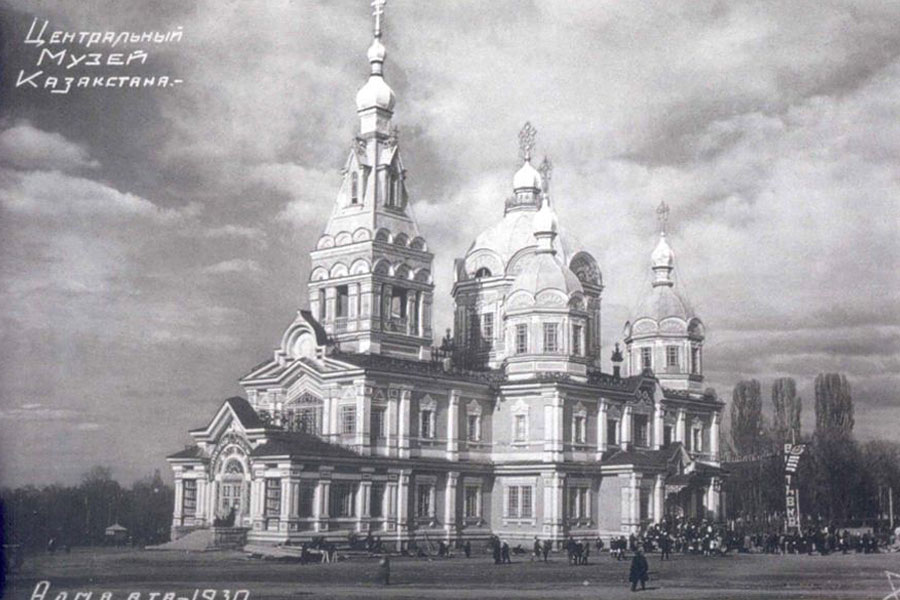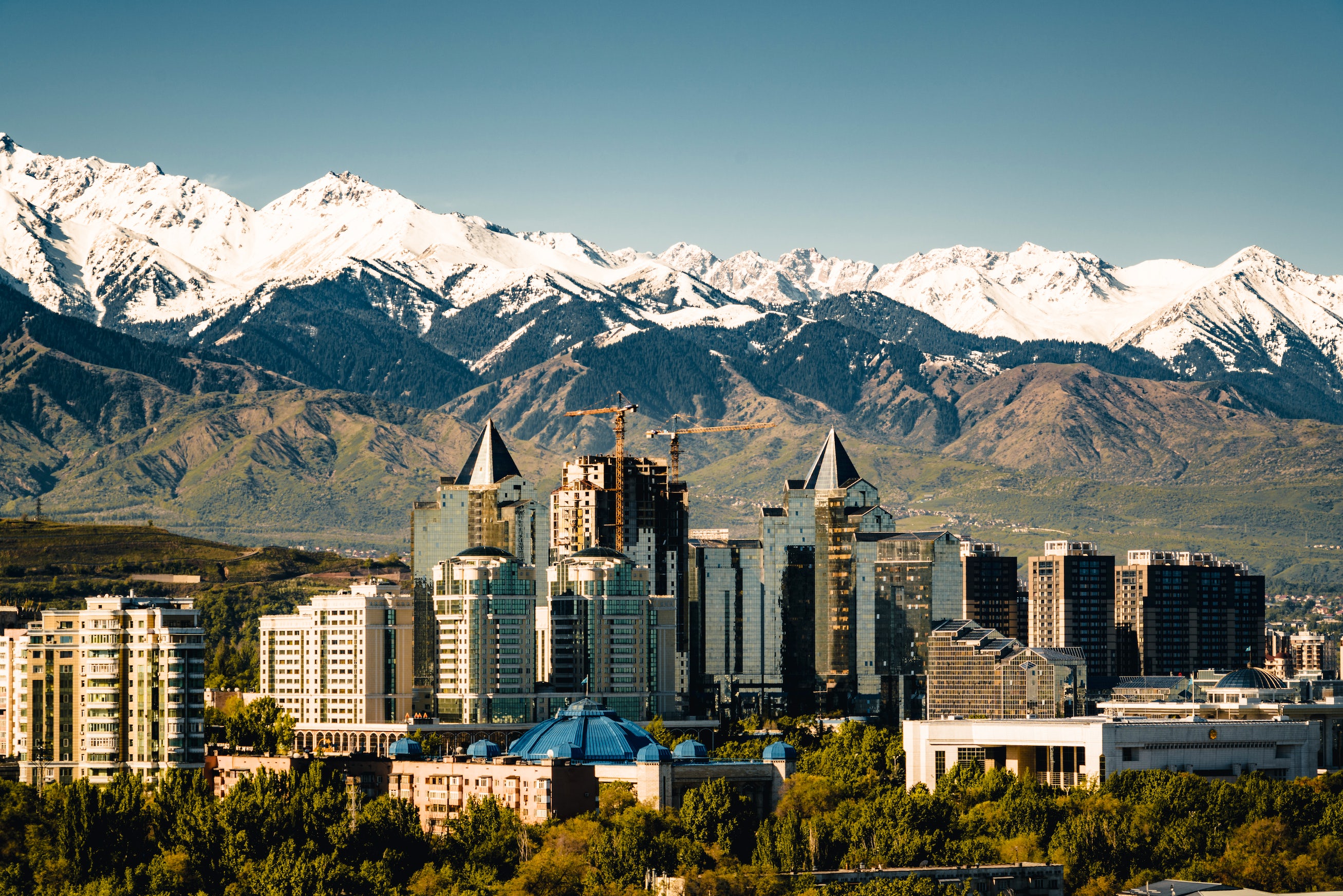
History
Almaty, Russian Alma-Ata, formerly (1855–1921) Verny, city, southeastern Kazakhstan. It was formerly the capital of the Kazakh Soviet Socialist Republic (1929–91) and of independent Kazakhstan (1991–97). Almaty lies in the northern foothills of the Trans-Ili Alatau at an elevation of 2,300–3,000 feet (700–900 metres), where the Bolshaya and Malaya Almaatinka rivers emerge onto the plain.
The Tsarist government decided to construct a military fortress near the site of the old settlement to solidify its territorial gains in the new colonies. The Zailiysky Fort was completed in 1854, and renamed Verniy (‘Loyal’) the next year.

Ancient history
The data based on written sources, coins and other archeological finds indicate that the modern city of Almaty emerged under the name of Almatu as early as in the 10- 11th centuries, and the area of Almaty was inhabited by nomad tribes in the Bronze Age. A settlement grew and developed as a station along the Silk Road from the 10th century on, but the raids of Mongols and Dzhungars meant that it was not to recover any importance until the arrival of the Russians.

Tsarist government
The modern city was founded in 1854 when the Russians established the military fortification of Zailiyskoye (renamed Verny in 1855) on the site of the ancient settlement of Almaty, which had been destroyed by the Mongols in the 13th century. Cossacks, peasant settlers from European Russia, and Tatar merchants soon established themselves in the vicinity, and in 1867 the fortification became the town of Verny and the administrative centre of newly created Semirechye province of the governorate-general of Turkistan. By 1906 the population had grown to 27,000, two-thirds of whom were Russians and Ukrainians. The Tsarist government decided to construct a military fortress near the site of the old settlement to solidify its territorial gains in the new colonies. The Zailiysky Fort was completed in 1854, and renamed Verniy (‘Loyal’) the next year. Soviet rule was established in 1918.

Birthplace of Apples
In 1921 the city was renamed Alma-Ata, for its Kazakh name, Almaty (literally “Father of Apples”), alluding to the many apple trees in the locality. Aport apple which grows in the region is known to be a very big and flavorful variety of apples. Russian scientist Nikolai Vavilov identified the Malus sieversii variety as the progenitor of the domestic apple, Malus domestica, in 1929 The transfer of the Kazakh capital from Kzyl-Orda (Kazakh: Qyzylorda) to Alma-Ata in 1929 and the completion of the Turk-Sib Railway in 1930 brought rapid growth, and the population rose from 46,000 in 1926 to 221,000 in 1939. A number of food and light-industrial factories were built, and heavy industry, particularly machine building, developed later on the basis of plants evacuated from European Russia during World War II.

Modern times
After Kazakhstan obtained its independence from the Soviet Union in 1991, the city’s name was changed from its Russian form, Alma-Ata, to its Kazakh form, Almaty. In 1994 the government decided to gradually transfer the national capital from Almaty to Aqmola (now Astana) in the following years. The capital was officially moved to Aqmola in 1997.